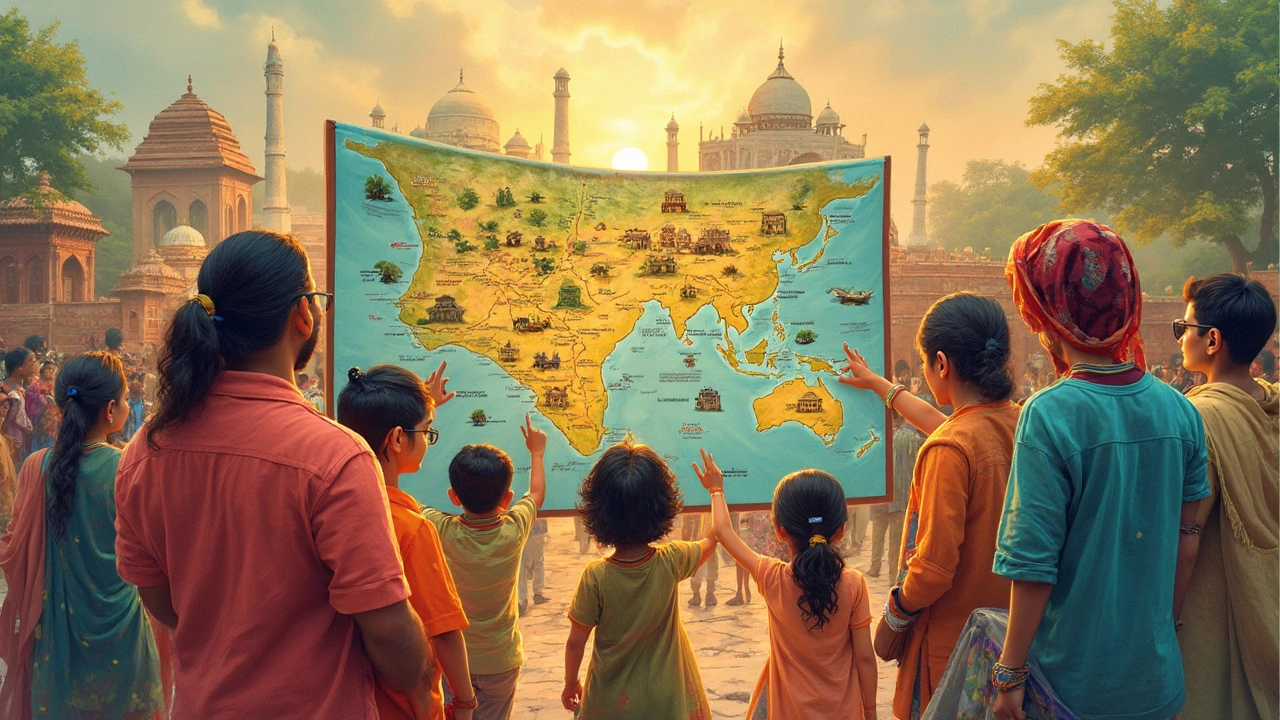SEARCH
World Heritage List in India: Your Quick Guide to UNESCO Must‑Sees
India packs a punch when it comes to UNESCO World Heritage sites. From ancient temples to stunning natural parks, the list reads like a treasure map for anyone who loves culture and scenery. Below you’ll find the top spots, why they matter, and how to make the most of each visit without the usual hassle.
Why the World Heritage List matters for travelers
UNESCO stamps a site as world‑heritage when it’s of outstanding cultural or natural value. That badge means better preservation, clearer visitor info, and often better facilities. For travelers, it’s a guarantee you’re stepping into a place that’s truly special and worth the time and money.
Top Indian UNESCO sites you can’t miss
1. Taj Mahal, Agra – The classic marble wonder. Go early in the morning to dodge crowds and catch the sunrise glow.
2. Jaipur’s Amber Fort & City Palace – A perfect mix of Rajput architecture and vibrant markets. Hire a knowledgeable guide for hidden stories.
3. Khajuraho Group of Monuments – Famous for intricate stone carvings. Wear comfortable shoes; the complex spreads over several kilometers.
4. Group of Monuments at Hampi – Ruins set among boulders and rivers. Rent a bike to explore the scattered temples at your own pace.
5. Kaziranga National Park, Assam – Home to the one‑horned rhinoceros. Book a certified jeep safari early; late bookings often fill up fast.
These five are just the tip of the iceberg. Places like the Sun Temple at Konârak, the historic city of Mysore, and the Western Ghats also rank high on the list.
When planning, think about the climate. Many sites are best visited from October to March when the weather is cooler. If you’re traveling during peak season, book tickets and accommodations at least a month ahead.
Transport matters too. India’s rail network links most heritage cities, but for remote spots like Khajuraho, a quick flight saves hours. Use local buses or auto‑rickshaws for short hops; they’re cheap and give you a feel of everyday life.
Budget‑friendly tip: many UNESCO sites have free entry days or discounted tickets for students and seniors. Carry a copy of your ID to claim the discount. Also, eat at nearby eateries rather than tourist restaurants – you’ll get authentic flavors and keep costs low.Safety is simple. Keep your belongings close, especially in crowded places like the Taj Mahal. Carry a refillable water bottle and sunscreen; many sites lack shade.
Finally, respect the rules. Some heritage sites restrict photography, especially inside temples. Listen to local guides and follow signage – it helps preserve these wonders for future travelers.
Whether you have a week or a month, the World Heritage List offers a roadmap to India’s greatest stories. Pick a few sites, plan smart, and you’ll walk away with unforgettable memories and a deeper appreciation of the country’s rich legacy.

Heritage Sites in India: The Full List of 42
Curious about India's UNESCO World Heritage Sites? This article lays out all 42, giving you the basics you actually want to know—where they are, what makes them special, and a few cool facts that’ll make you sound smart at dinner. Whether you’re planning a trip or just want to up your quiz game, this guide dives straight into the sites that put India on the global heritage map. Ready to find the best picks for your bucket list or next family trip? Get the essentials, tips, and some quirky history in one place.
Continue reading